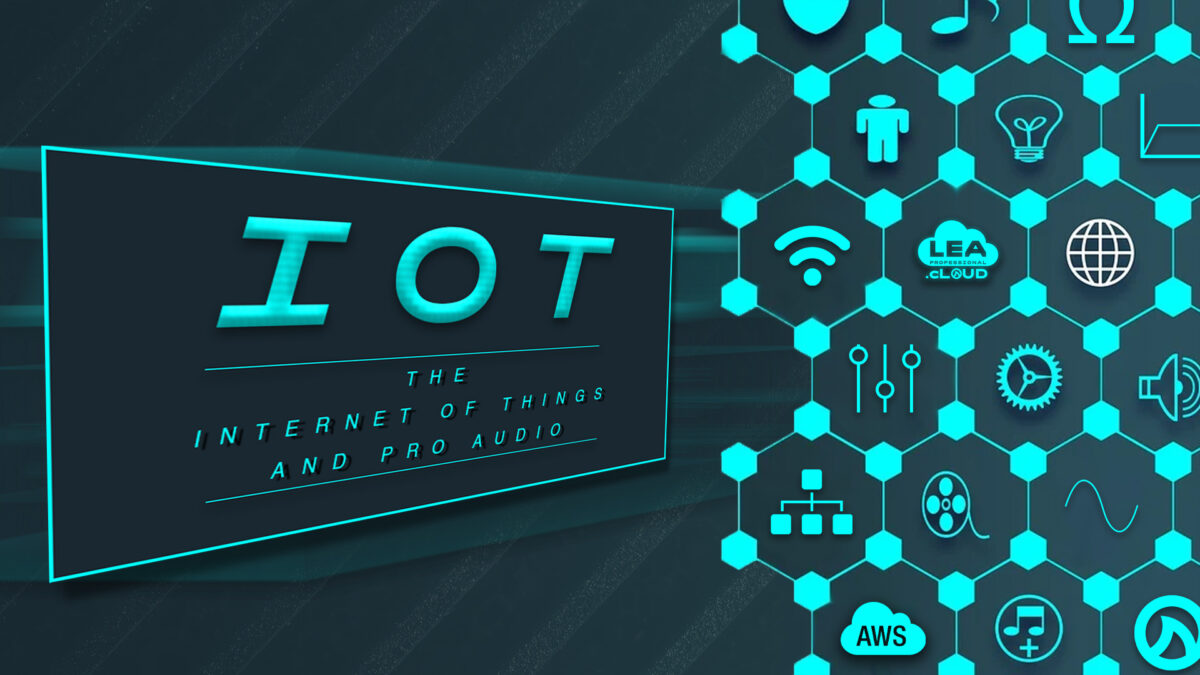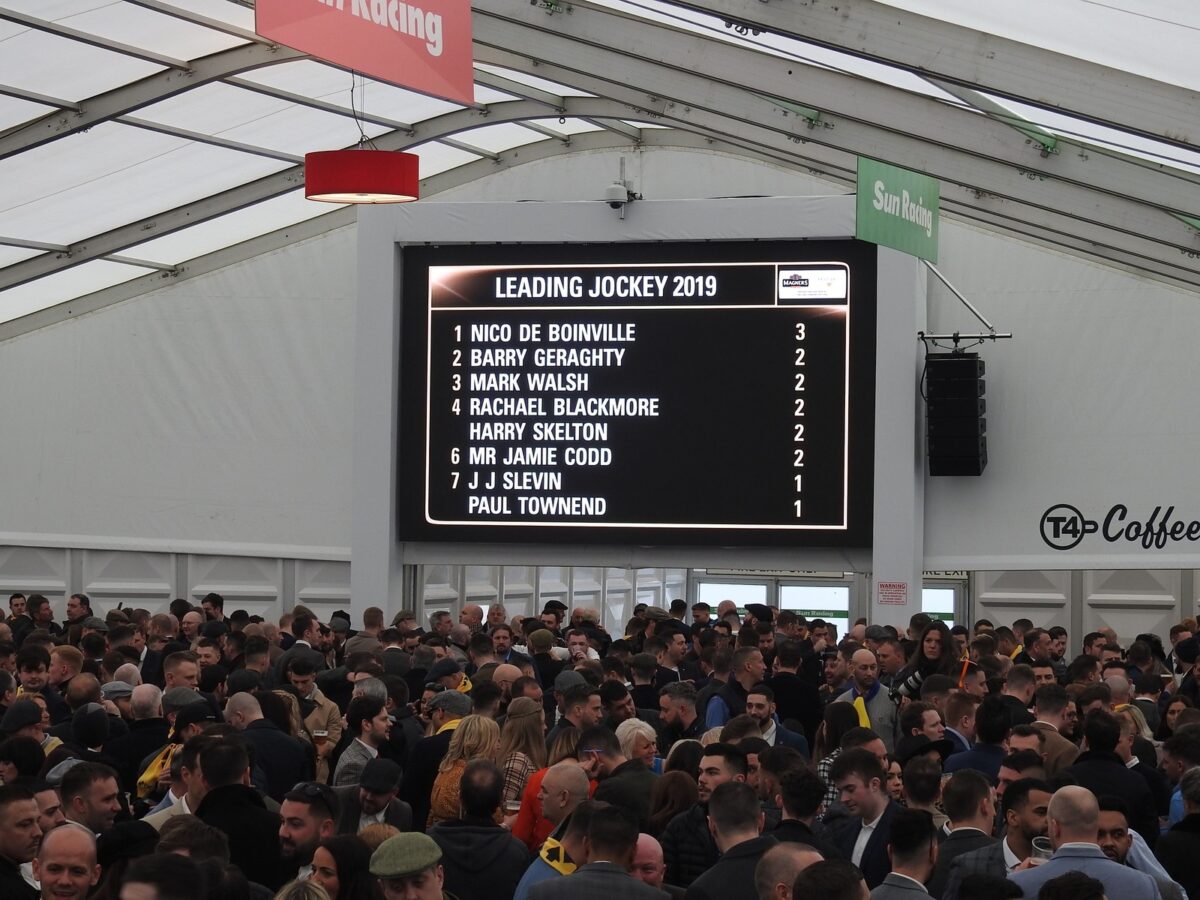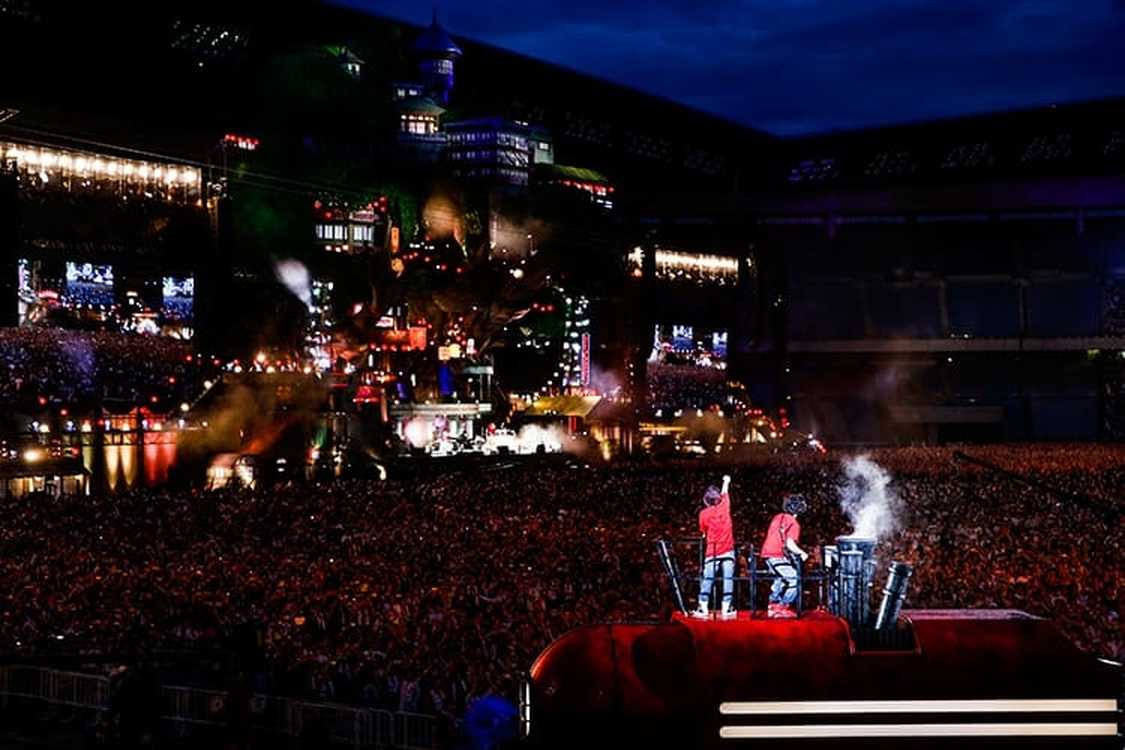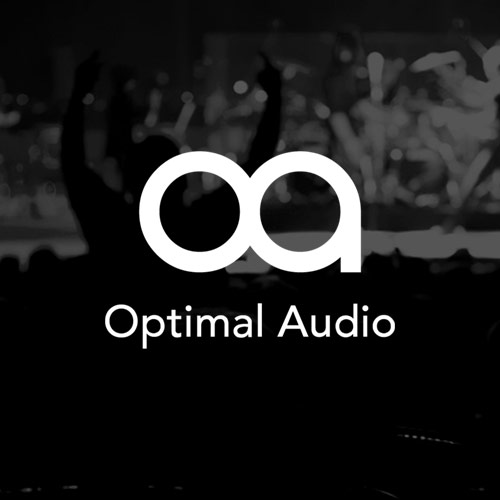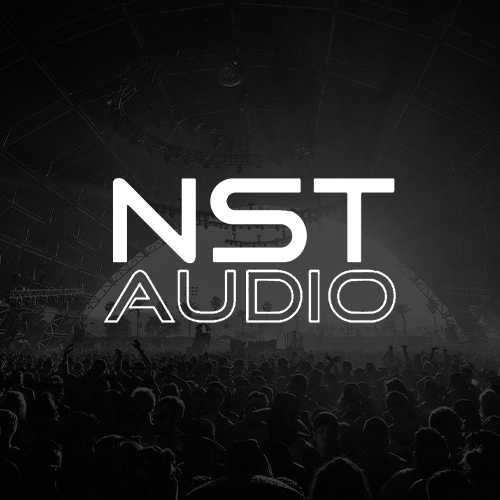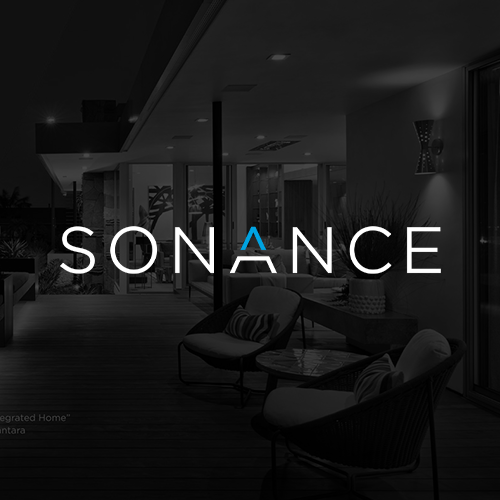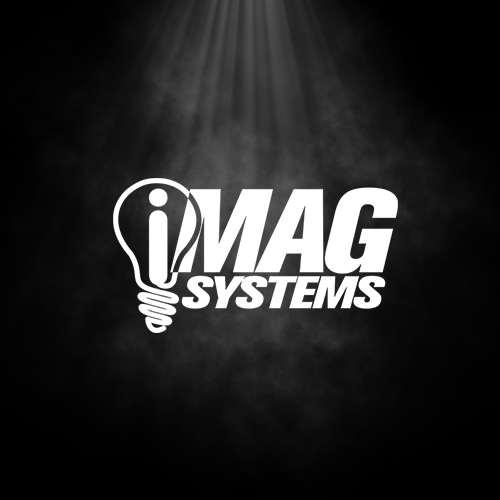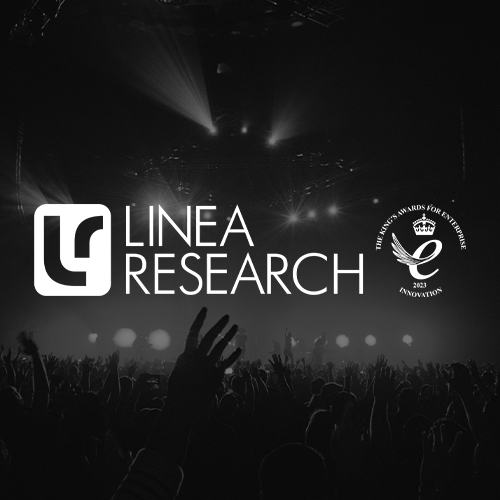New grilles all but disappear into ceiling and wall surfaces while delivering the awardwinning performance chosen by top integrators worldwide
Minden, NV, July 16th , 2019 – James Loudspeaker, designers and manufacturers of the highest quality décor-friendly entertainment products for both residential and commercial applications, have introduced a Microperf grille to the company’s much-heralded line of Small Aperture architectural loudspeakers. The new grilles utilize smaller perforations and offer a less obtrusive, almost invisible presentation that nearly vanishes into any décor while providing nearly identical frequency response and dispersion to the original grilles. The new Microperf grilles will come standard on all James Loudspeaker Small Aperture models and are available now.
“The objective of this new grille design was to create a solution that is even more appealing to the architects, designers and homeowners who work with our network of integrators,” stated Keith Parke, National Sales Director at James Loudspeaker. “Our Small Aperture lineup has been adopted as the definitive architectural speaker solution, and we are always striving to make even subtle improvements that bring added value to our customers.”
The Superb Sound of James Loudspeaker Small Aperture
Made in the USA, James Loudspeaker Small Aperture models incorporate high-performance proprietary aluminum drivers and are available in both 3-way and 2-way versions. Each speaker is housed in an aircraft-grade aluminum enclosure designed to minimize resonances and enhance the durability even in high humidity. Small Aperture speakers deliver superb room-filling full-range musical playback including clearly defined bass response, eliminating the need for bulky external subwoofer modules in most system designs. Custom integrators will appreciate that Small Aperture speakers represent the highest degree of reliability and performance for any entertainment application. Designed for multi-room audio and home theater clientele seeking a premium performance solution that dramatically outperforms traditional architectural speakers, Small Aperture models from James Loudspeaker deliver higher output capability, true high-fidelity, superb off-axis performance, unmatched durability and aesthetic perfection.


